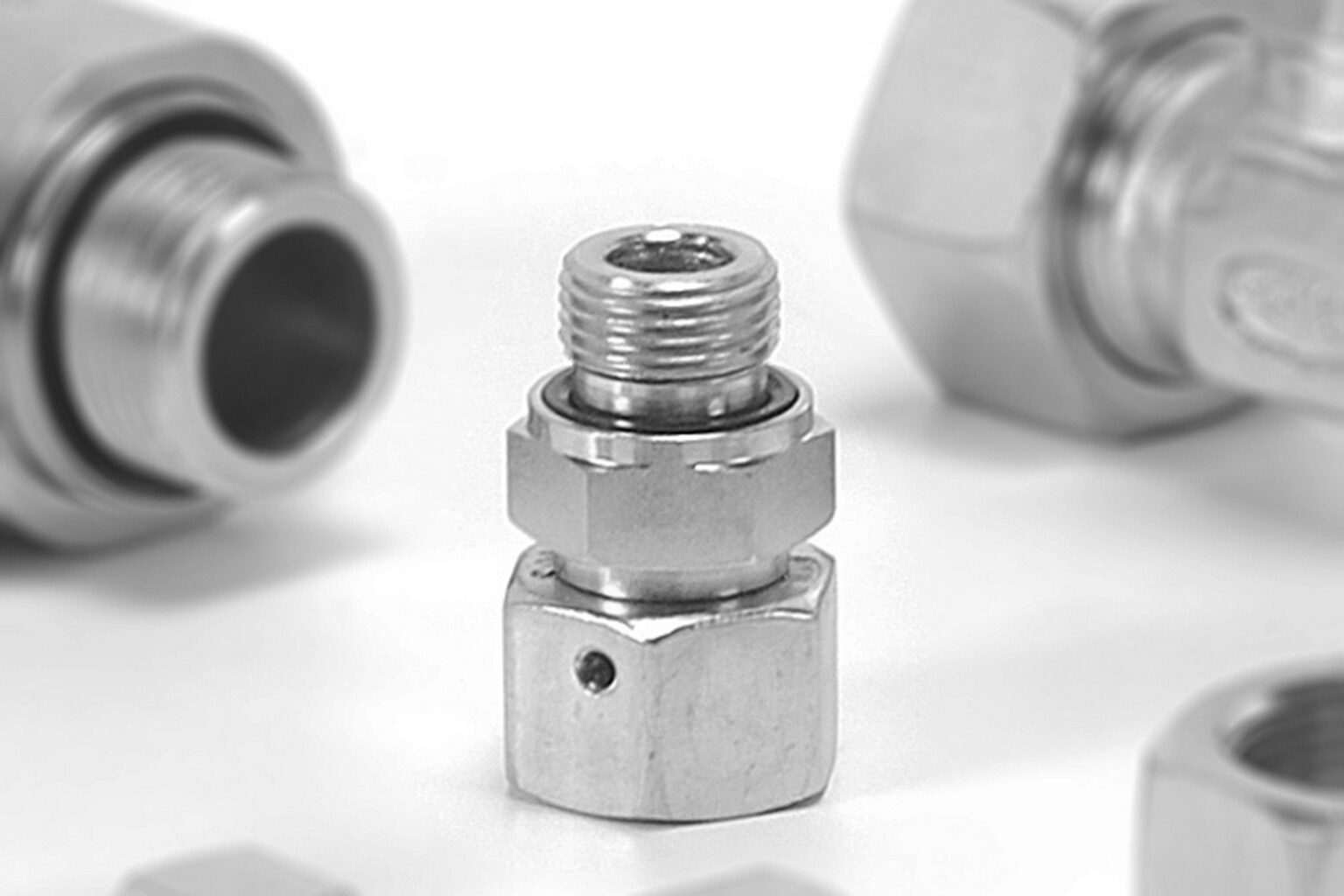5 Reasons for Hydraulic Tube Fitting Failure

There are several reasons why hydraulic tube fittings may fail. Here are five common factors that can contribute to hydraulic tube fitting failures. One you know some of these reasons of failures, it’s easy to take some corrective actions which will surely help. Let’s understand and learn.
- Improper installation: Incorrect installation of hydraulic tube fittings is a leading cause of failure. This includes inadequate tightening, insufficient use of sealant or thread tape, and improper alignment of components. If the fittings are not installed properly, they may leak or become loose over time, leading to failure.
- High operating pressures: Hydraulic systems often operate at high pressures, which can put significant stress on the tube fittings. If the fittings are not designed to withstand the specific pressure levels or if the system experiences pressure spikes, it can lead to failure. Over time, the repeated stress on the fittings can cause fatigue and cracks to develop.
- Vibration and shock: Hydraulic systems are subject to vibrations and shocks, especially in mobile or heavy machinery applications. These dynamic forces can cause fittings to loosen or become damaged, leading to leaks or complete failure. If the fittings are not properly secured or if they lack features to absorb or dampen vibrations, they are more likely to fail.
- Corrosion and fluid compatibility: Exposure to corrosive environments or incompatible fluids can lead to tube fitting failure. Corrosion can weaken the fittings over time, causing leaks or structural integrity issues. Similarly, using fluids that are incompatible with the fitting material can result in chemical attack and degradation, leading to failure.
- Wear and tear: Hydraulic systems are subject to continuous use and wear, especially in industrial applications. Over time, the constant movement, pressure, and temperature cycles can cause wear on the fittings, resulting in leaks, cracks, or complete failure. Regular maintenance, inspection, and replacement of worn-out fittings are essential to prevent failures due to wear and tear.
It is worth to make a note that these factors often interact with each other, and a combination of them can contribute to hydraulic tube fitting failures.
Implementing proper installation techniques, selecting appropriate fittings designed for the specific operating conditions, and regular system maintenance can help mitigate these issues and prolong the lifespan of hydraulic tube fittings.
